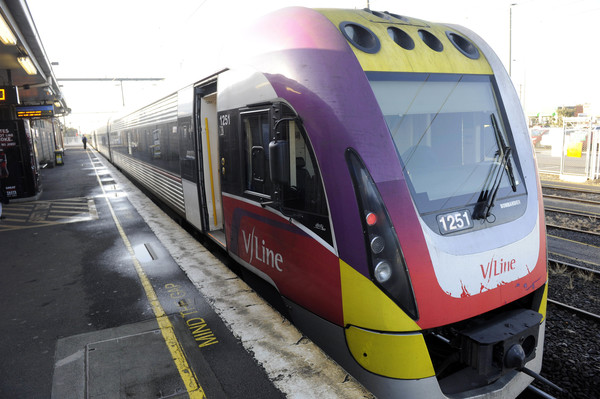
By Bonny Burrows
A boom gate failure on the Pakenham train line in January 2016 has been cited as an example of V/Line’s “concurrent issues” in its passenger services audit.
The Auditor-General’s report, tabled on 9 August, is a service review of the public transport service’s operation over the past 10 years, and includes eight recommendations for V/Line to implement moving forward.
According to the document, V/Line’s performance over the past decade has “mostly fallen short” of its targets and community expectations, despite infrastructure improvements and timetable changes.
It stated that the most significant impacts on the service’s performance have been ongoing financial pressures, congestion on the shared metro networks, network limitations, a lack of punctuality and excessive wheel wear in VLocity trains and the failure of these trains to activate boom gates on time.
The latter two issues came to the forefront in January last year when higher than normal wear and tear was identified on the wheel flanges of VLocity trains, causing V/Line to immediately remove 27 trains from service.
Then, just a week later on 15 January, a VLocity train on the Pakenham line failed to trigger boom gates at the Progress Street level crossing in Dandenong.
As a result, the entire fleet was banned from the metropolitan network, and it wasn’t until June last year that all services resumed on the Gippsland line.
The report found V/Line failed to deal with the challenges it has faced over the past decade, including the Dandenong boom gate incident, and had fallen short of its targets.
It also highlighted issues with its performance measurement system.
The organisation measures and reports train punctuality and reliability against the timetable communicated to passengers in PTV’s journey planner, rather than the master timetable.
“This approach means that V/Line’s reported performance does not represent its actual performance, or necessarily reflect passengers’ experience, especially when there are significant service changes,” the audit read.
“This was highlighted during early 2016 when, despite the wheel wear and boom gate problems – and the replacement of 350 trains with coaches every week – V/Line’s publicly reported performance suggested that little had changed.”
The audit acknowledged the operator recently started turning its service around, but stated there was a $500 million maintenance backlog.
V/Line’s chief executive James Pinder took over in November last year and said work was already underway to address many of the network’s issues.
The regional rail operator, along with Public Transport Victoria and the Department of Economic Development, Jobs, Transport and Resources have also accepted the eight recommendations handed out as part of the report, and have provided “detailed action plans” on how they will address this concerns.
The recommendations can be found at: https://www.audit.vic.gov.au/report/vline-passenger-services







